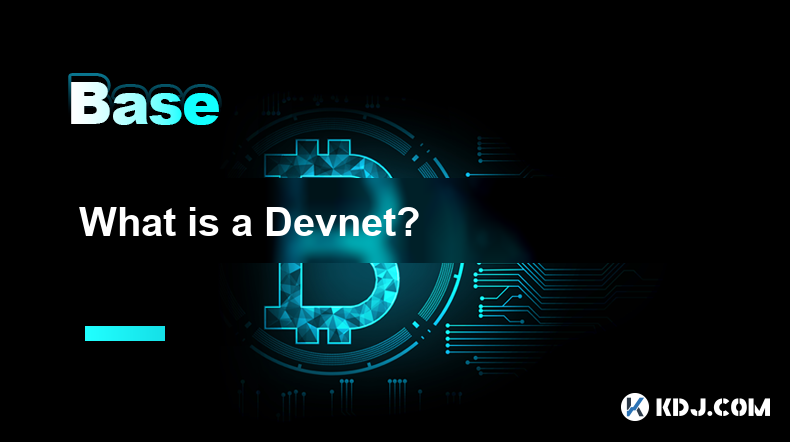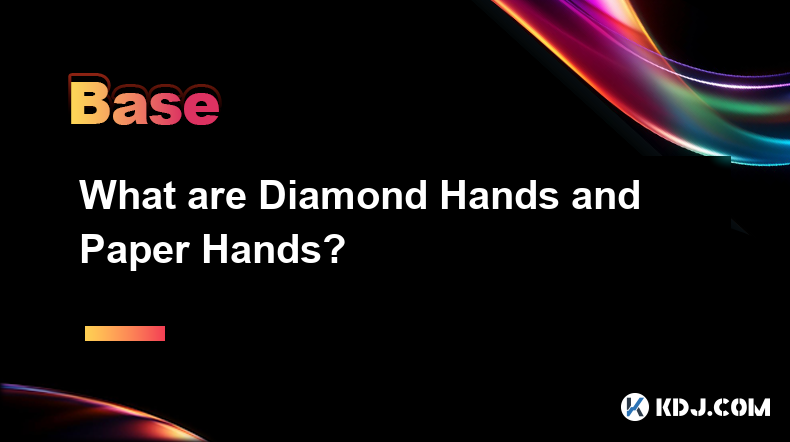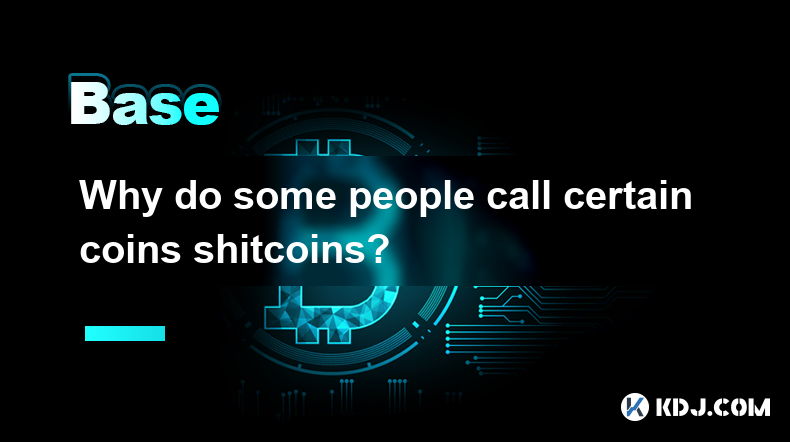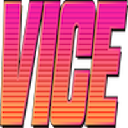-
 Bitcoin
Bitcoin $84,466.2500
0.42% -
 Ethereum
Ethereum $1,587.9768
-0.97% -
 Tether USDt
Tether USDt $1.0000
0.01% -
 XRP
XRP $2.1076
-0.65% -
 BNB
BNB $584.1833
0.18% -
 Solana
Solana $132.6379
3.33% -
 USDC
USDC $0.9999
0.00% -
 TRON
TRON $0.2494
-0.52% -
 Dogecoin
Dogecoin $0.1560
-0.05% -
 Cardano
Cardano $0.6164
-0.18% -
 UNUS SED LEO
UNUS SED LEO $9.4133
0.52% -
 Chainlink
Chainlink $12.4075
0.06% -
 Avalanche
Avalanche $18.9658
-2.33% -
 Stellar
Stellar $0.2381
-1.25% -
 Toncoin
Toncoin $2.8990
-1.27% -
 Shiba Inu
Shiba Inu $0.0...01190
0.89% -
 Sui
Sui $2.0687
-2.62% -
 Hedera
Hedera $0.1582
0.16% -
 Bitcoin Cash
Bitcoin Cash $322.6652
-0.36% -
 Litecoin
Litecoin $74.9870
-1.37% -
 Polkadot
Polkadot $3.5966
0.31% -
 Dai
Dai $1.0001
0.01% -
 Hyperliquid
Hyperliquid $16.0334
4.28% -
 Bitget Token
Bitget Token $4.3207
1.00% -
 Ethena USDe
Ethena USDe $0.9993
0.01% -
 Pi
Pi $0.6110
-5.61% -
 Monero
Monero $218.4228
1.86% -
 Uniswap
Uniswap $5.2001
-0.88% -
 OKB
OKB $51.6036
1.02% -
 Pepe
Pepe $0.0...07259
3.60%
What is a Devnet?
A Devnet is a vital testing ground for blockchain developers to experiment with new features and smart contracts before mainnet deployment, ensuring code reliability and security.
Apr 10, 2025 at 11:57 am

A Devnet, short for Developer Network, is a crucial component in the world of blockchain and cryptocurrency development. It serves as a testing environment where developers can experiment with new features, smart contracts, and other functionalities before deploying them to the mainnet. This article will delve into the specifics of what a Devnet is, its importance, how it differs from other network types, and how developers can effectively use it.
What is a Devnet?
A Devnet is essentially a sandbox environment designed specifically for developers. It allows them to test and refine their code in a setting that closely mimics the mainnet but without the risk of affecting real-world transactions or assets. In the cryptocurrency ecosystem, a Devnet is often used to test new protocols, smart contracts, and other blockchain functionalities. This environment is isolated from the mainnet, ensuring that any errors or issues do not impact the operational network.
Importance of Devnet in Cryptocurrency Development
The importance of a Devnet cannot be overstated. It provides a safe space for developers to experiment and iterate on their projects. By using a Devnet, developers can identify and fix bugs, optimize performance, and ensure that their code is robust and secure before it goes live. This process is vital for maintaining the integrity and reliability of blockchain networks, as it helps prevent costly mistakes and security breaches that could occur if untested code were deployed directly to the mainnet.
Differences Between Devnet, Testnet, and Mainnet
Understanding the differences between Devnet, Testnet, and Mainnet is essential for anyone involved in blockchain development. A Devnet is primarily used by the core development team and is often more flexible and customizable than a Testnet. A Testnet, on the other hand, is a more public testing environment where a broader community of developers and users can participate. It is used to test the network under more realistic conditions but still without affecting the mainnet. The Mainnet is the live, operational network where real transactions occur and where the blockchain's native cryptocurrency is used.
How to Set Up and Use a Devnet
Setting up and using a Devnet involves several steps that developers must follow to ensure a smooth and effective testing process. Here is a detailed guide on how to set up and use a Devnet:
Choose the Right Platform: Start by selecting a blockchain platform that supports a Devnet environment. Popular platforms like Ethereum, Solana, and Cardano all offer Devnet options.
Download and Install Necessary Software: Depending on the platform, you may need to download and install specific software or tools. For example, if you are working with Ethereum, you might need to install Geth or Parity.
Configure the Devnet: Once the software is installed, you will need to configure the Devnet. This typically involves setting up a local node and configuring it to connect to the Devnet. Detailed instructions can usually be found in the platform's documentation.
Deploy Your Code: With the Devnet set up, you can now deploy your smart contracts or other code to the network. This is done using the platform's specific deployment tools, such as Truffle for Ethereum.
Test and Iterate: After deployment, thoroughly test your code. This involves running various scenarios and edge cases to ensure that your code behaves as expected. Use debugging tools and logs to identify and fix any issues.
Monitor and Analyze: Continuously monitor the performance of your code on the Devnet. Use analytics tools to gather data on transaction speeds, gas costs, and other metrics that can help you optimize your code.
Common Use Cases for Devnet
Devnets are used in a variety of scenarios within the cryptocurrency development space. Some of the most common use cases include:
Smart Contract Development: Developers use Devnets to write, test, and refine smart contracts. This ensures that the contracts are secure and function correctly before they are deployed to the mainnet.
Protocol Upgrades: When a blockchain protocol needs to be upgraded, developers first test the changes on a Devnet. This allows them to assess the impact of the upgrade and make necessary adjustments.
New Feature Testing: Before introducing new features to a blockchain network, developers test them on a Devnet. This helps ensure that the features are stable and do not introduce vulnerabilities.
Security Audits: Security teams often use Devnets to conduct thorough security audits. By simulating various attack scenarios, they can identify potential vulnerabilities and recommend fixes.
Best Practices for Using a Devnet
To maximize the benefits of a Devnet, developers should follow certain best practices. These include:
Regular Backups: Always keep backups of your Devnet data. This ensures that you can recover your work in case of any issues or data loss.
Isolate Environments: Keep your Devnet environment isolated from your production environment. This prevents any accidental deployment of untested code to the mainnet.
Document Everything: Maintain detailed documentation of your testing process, including any issues encountered and how they were resolved. This documentation can be invaluable for future reference.
Collaborate with Team Members: Use the Devnet as a collaborative tool. Share your findings and insights with other team members to improve the overall quality of your code.
Stay Updated: Keep your Devnet environment up to date with the latest software and tools. This ensures that your testing environment remains relevant and effective.
Frequently Asked Questions
Q: Can anyone access a Devnet?
A: Typically, access to a Devnet is restricted to the core development team of a blockchain project. However, some projects may offer limited access to trusted external developers or partners.
Q: How long does it take to set up a Devnet?
A: The time required to set up a Devnet can vary depending on the complexity of the blockchain platform and the specific requirements of your project. On average, it can take anywhere from a few hours to a couple of days.
Q: Is it possible to use a Devnet for stress testing?
A: Yes, a Devnet can be used for stress testing. Developers can simulate high transaction volumes and other stress scenarios to assess the performance and scalability of their code.
Q: What happens to the data on a Devnet after testing is complete?
A: Once testing is complete, the data on a Devnet is usually discarded. However, some projects may choose to archive the data for future reference or analysis.
Disclaimer:info@kdj.com
The information provided is not trading advice. kdj.com does not assume any responsibility for any investments made based on the information provided in this article. Cryptocurrencies are highly volatile and it is highly recommended that you invest with caution after thorough research!
If you believe that the content used on this website infringes your copyright, please contact us immediately (info@kdj.com) and we will delete it promptly.
- A DOGE Whale Has Drawn the Crypto Community's Attention Following a Recent Transfer Involving Millions of the Meme Coin
- 2025-04-17 05:40:19
- Fartcoin (FARTS) Price Has Pumped More Than 12% in the Past 24 Hours as Whales Continue Buying the Dip
- 2025-04-17 05:40:19
- Qubetics Hits $16.1M – The Best Crypto to Buy Right Now in 2025 as Bitcoin and Stellar Rally
- 2025-04-17 05:35:13
- Russia Should Be Eyeing Its Own Fiat-Backed Stablecoins
- 2025-04-17 05:35:13
- XploraDEX $XPL Presale Has Officially Entered Its Most Explosive Phase Yet
- 2025-04-17 05:30:13
- AI Predicts: What Will 2,000 Stellar (XLM) Tokens Be Worth by End of 2025?
- 2025-04-17 05:30:13
Related knowledge

What does Floor Price mean in the NFT market
Apr 17,2025 at 12:42am
The term Floor Price is a critical concept within the NFT (Non-Fungible Token) market, serving as a key indicator for both buyers and sellers. In essence, the floor price represents the lowest price at which an NFT from a particular collection is currently listed for sale on a marketplace. This price point is crucial for understanding the perceived valu...

What is Alpha? How to find Alpha opportunities?
Apr 16,2025 at 12:42pm
What is Alpha?Alpha is a term widely used in the financial world, including the cryptocurrency market, to describe the ability of an investment to outperform a benchmark. In the context of cryptocurrencies, alpha refers to the excess return an investor achieves over the market's average return. For example, if the overall crypto market grows by 10% in a...

Why do cryptocurrency enthusiasts like to say GM?
Apr 16,2025 at 06:21am
In the world of cryptocurrency, the term 'GM' has become a popular greeting among enthusiasts. GM stands for 'Good Morning,' and its widespread use within the crypto community has a deeper significance than just a simple greeting. This article delves into the reasons why cryptocurrency enthusiasts like to say GM, exploring its origins, cultural signific...

What do WAGMI and NGMI mean?
Apr 16,2025 at 08:08pm
In the world of cryptocurrency, you might often come across the acronyms WAGMI and NGMI. These terms have become part of the crypto slang and are frequently used in discussions, tweets, and forums related to digital currencies. Let's delve into what these terms mean, their origins, and how they are used within the crypto community. Understanding WAGMIWA...

What are Diamond Hands and Paper Hands?
Apr 16,2025 at 10:42am
In the world of cryptocurrencies, the terms Diamond Hands and Paper Hands are frequently used to describe the behavior and mindset of investors, particularly in volatile markets. These terms originated from online communities and have become a significant part of the crypto lexicon, often used to describe the level of resilience and commitment an invest...

Why do some people call certain coins shitcoins?
Apr 17,2025 at 03:21am
Understanding the Term 'Shitcoin'The term 'shitcoin' is a colloquialism within the cryptocurrency community that is used to describe cryptocurrencies that are perceived as having little to no value or potential. It is a derogatory term, often used to express disdain or skepticism about the viability of certain digital assets. The use of 'shitcoin' is su...

What does Floor Price mean in the NFT market
Apr 17,2025 at 12:42am
The term Floor Price is a critical concept within the NFT (Non-Fungible Token) market, serving as a key indicator for both buyers and sellers. In essence, the floor price represents the lowest price at which an NFT from a particular collection is currently listed for sale on a marketplace. This price point is crucial for understanding the perceived valu...

What is Alpha? How to find Alpha opportunities?
Apr 16,2025 at 12:42pm
What is Alpha?Alpha is a term widely used in the financial world, including the cryptocurrency market, to describe the ability of an investment to outperform a benchmark. In the context of cryptocurrencies, alpha refers to the excess return an investor achieves over the market's average return. For example, if the overall crypto market grows by 10% in a...

Why do cryptocurrency enthusiasts like to say GM?
Apr 16,2025 at 06:21am
In the world of cryptocurrency, the term 'GM' has become a popular greeting among enthusiasts. GM stands for 'Good Morning,' and its widespread use within the crypto community has a deeper significance than just a simple greeting. This article delves into the reasons why cryptocurrency enthusiasts like to say GM, exploring its origins, cultural signific...

What do WAGMI and NGMI mean?
Apr 16,2025 at 08:08pm
In the world of cryptocurrency, you might often come across the acronyms WAGMI and NGMI. These terms have become part of the crypto slang and are frequently used in discussions, tweets, and forums related to digital currencies. Let's delve into what these terms mean, their origins, and how they are used within the crypto community. Understanding WAGMIWA...

What are Diamond Hands and Paper Hands?
Apr 16,2025 at 10:42am
In the world of cryptocurrencies, the terms Diamond Hands and Paper Hands are frequently used to describe the behavior and mindset of investors, particularly in volatile markets. These terms originated from online communities and have become a significant part of the crypto lexicon, often used to describe the level of resilience and commitment an invest...

Why do some people call certain coins shitcoins?
Apr 17,2025 at 03:21am
Understanding the Term 'Shitcoin'The term 'shitcoin' is a colloquialism within the cryptocurrency community that is used to describe cryptocurrencies that are perceived as having little to no value or potential. It is a derogatory term, often used to express disdain or skepticism about the viability of certain digital assets. The use of 'shitcoin' is su...
See all articles























































































